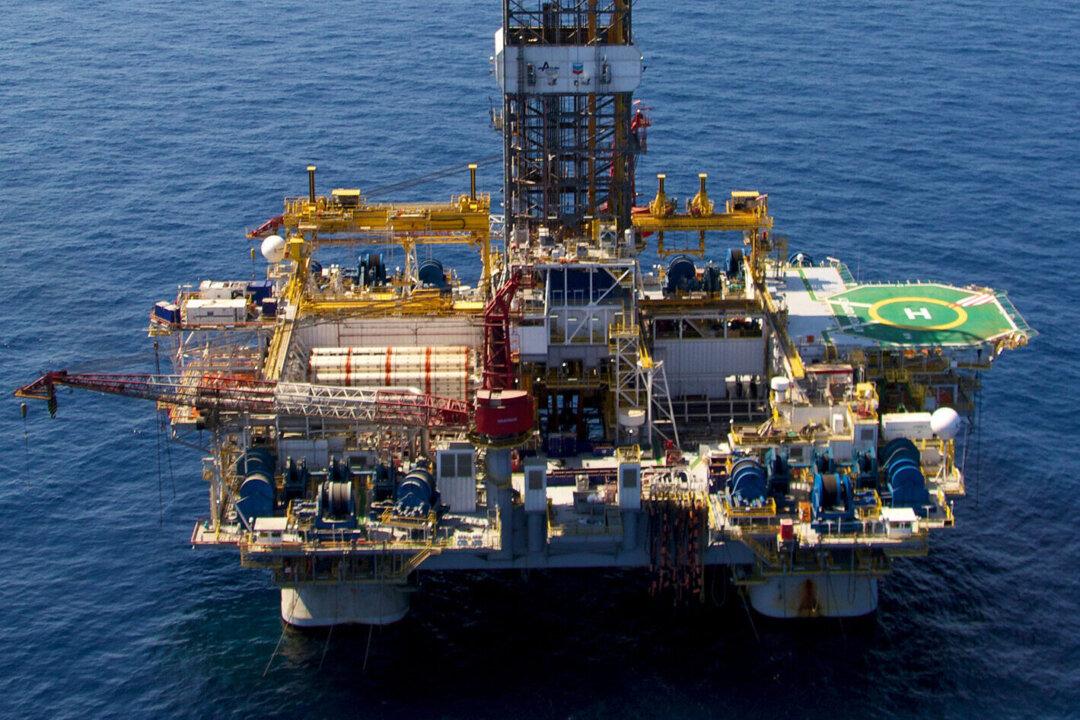The Australian Labor government has opened bidding on the rights to explore oil and gas on the newly released 47,000 square kilometres (around 18,000 square miles) of offshore waters.
Ten offshore areas across the Bonaparte, Browse, Carnarvon, and Gippsland basins off the coasts of the Northern Territory, Western Australia, Victoria, and Ashmore and Cartier Islands have been made available to interested parties.





